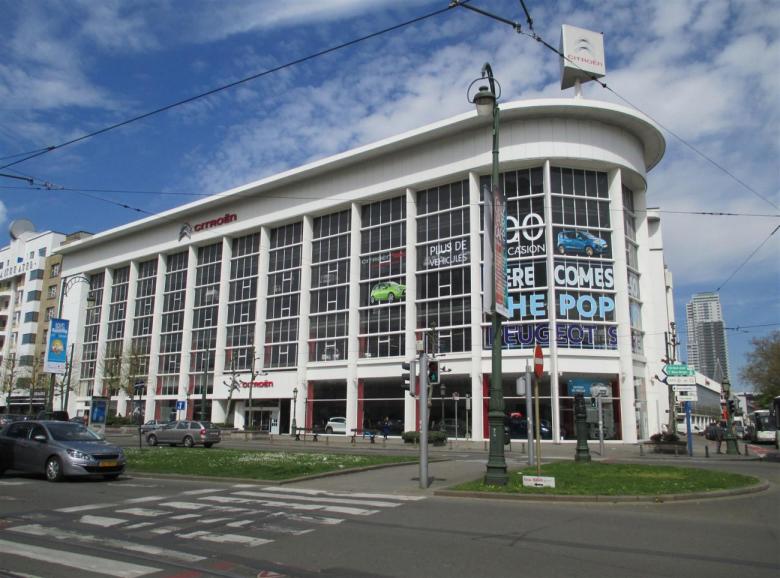Citroën Cultural Centre Shortlist
Seven teams have been shortlisted in the competition to transform the Citroën Yser garage in Brussels into a cultural center with an art museum, architecture center, and public spaces.
The winner of the two-phase international competition for the Citroën Cultural Centre is expected to be named by March 2018 at the latest. The seven shortlisted teams, culled from 92 applications in response to a late-April call for project designers, have until two days before Christmas to develop and submit "a project outline with their vision for the future cultural center."
The seven shortlisted teams:
- 51N4E / Caruso St John Architects
- ADVVT / AGWA / 6A architects
- Diller Scofidio + Renfrto / JDS Architects
- Lhoas & Lhoas / Ortner & Ortner
- NOA / EM2N / Sergision Bates
- Office / Christ & Gantenbein
- OMA
The project's mission of sorts is described this way on the competition website:
Furthermore, the shortlisted teams have to address the following while developing their schemes:The Citroën Cultural Centre will need to invent its own model, that of a constantly changing cultural tool. It intends to favor innovation, to be cross-disciplinary in its approach, and to serve as a flexible tool for both creative workers and the public, capable of adapting to ongoing cultural change and embodying the notion of flexibility. It will seek to be open to the city and its districts, welcoming as many people as possible and serving as a genuine tool for life in the community.
*The jury for the second phase of the competition includes:...its integration into the city, local area and adjoining public space; the implementation of the plans in an existing building with high heritage value; the organization of the interior spaces and their effective utilization in relation to the plans; the management of different flows (the public, logistical flows, works etc.); the technical quality of the complex both during its construction/renovation and throughout the life of the building; adherence to budget.
- Roger Diener, Chairman
- Patrick Berger
- Sofia Von Ellrichshausen
- One architect, representing CIVA
- The Chairman of the Centre Pompidou
- The Project Coordinator of the Government of the Brussels-Capital Region for the creation of the Citroën Cultural Centre
- The Chief Architect of the Brussels-Capital Region (bMa)
- The managment of the SAU-MSI (Contracting Authority)
- The managment of BUP (Brussels Urban Planning and Heritage)
